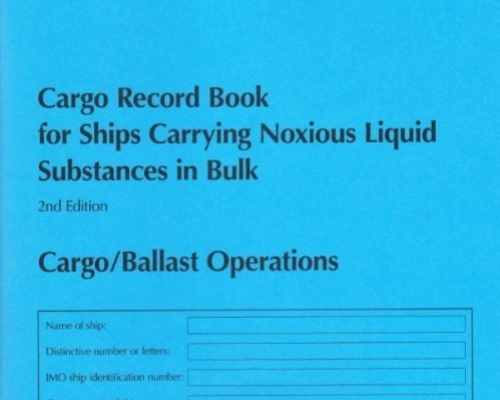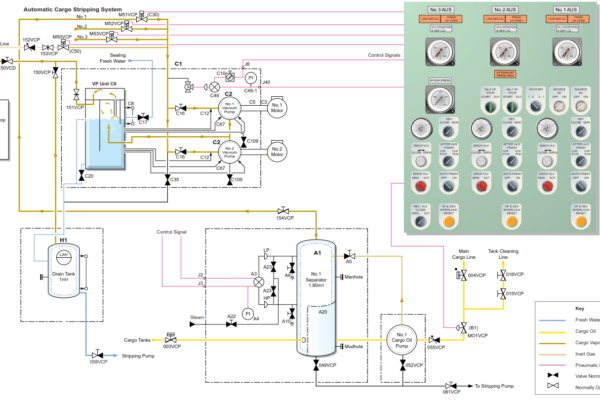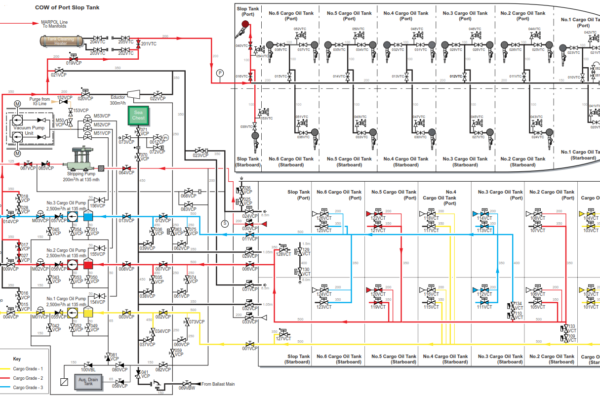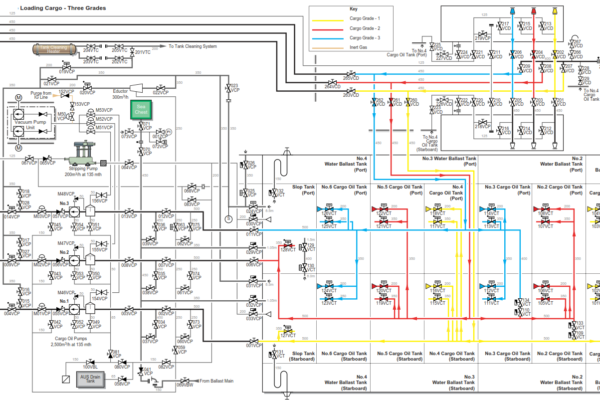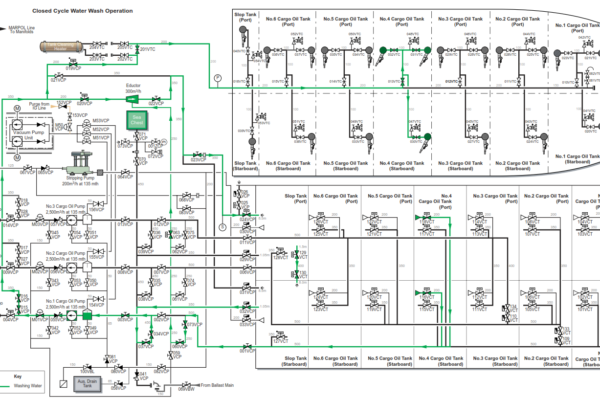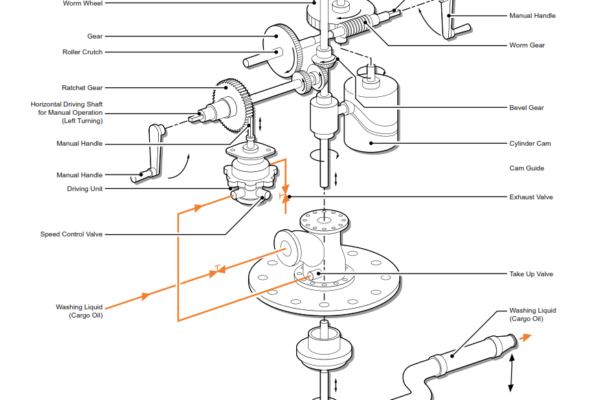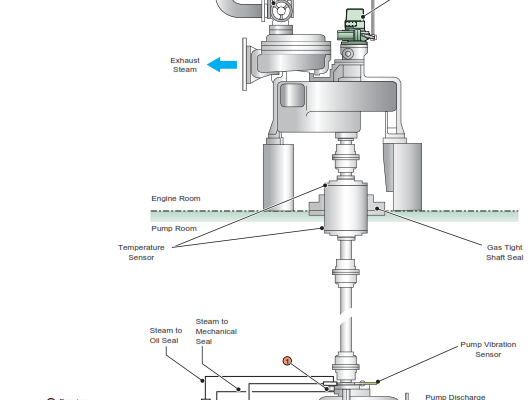Cargo Record Book
Records of the operations done with noxious liquids are to be maintained to provide evidence of the processes that were followed to ensure that no pollution was caused. MARPOL 73 / 78, annex II deals with noxious liquids carried in bulk. The student is advised
